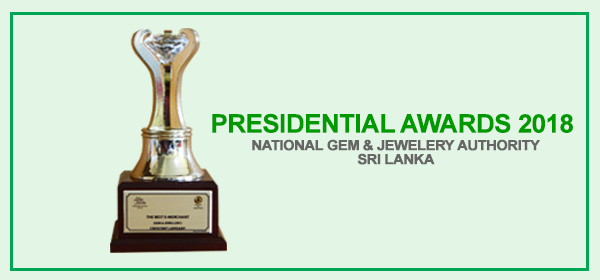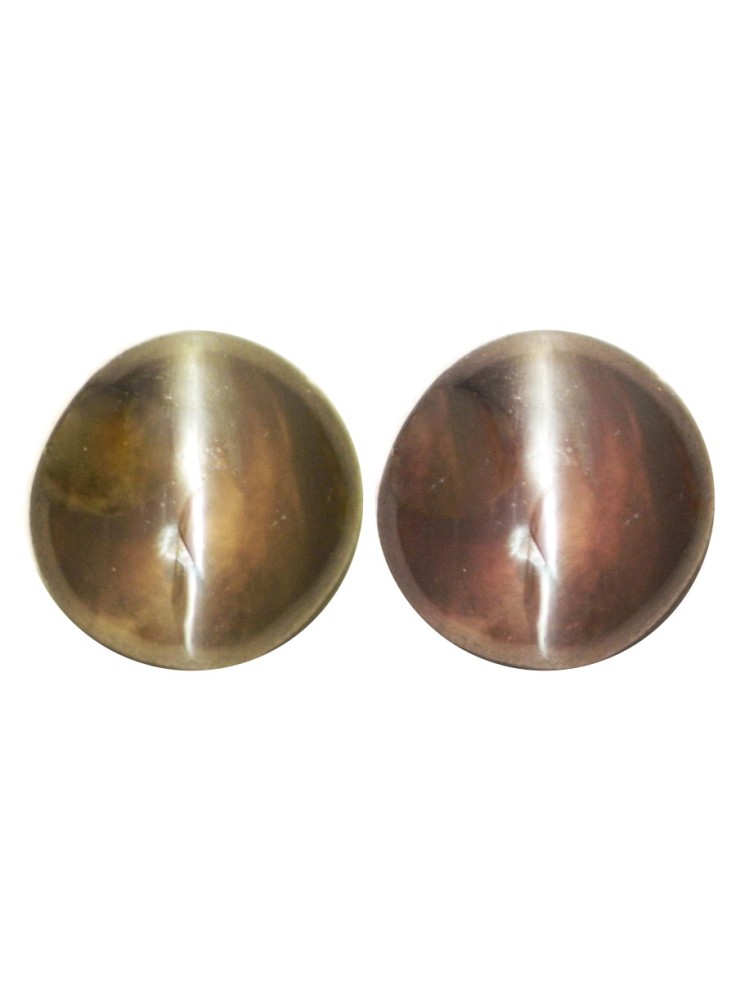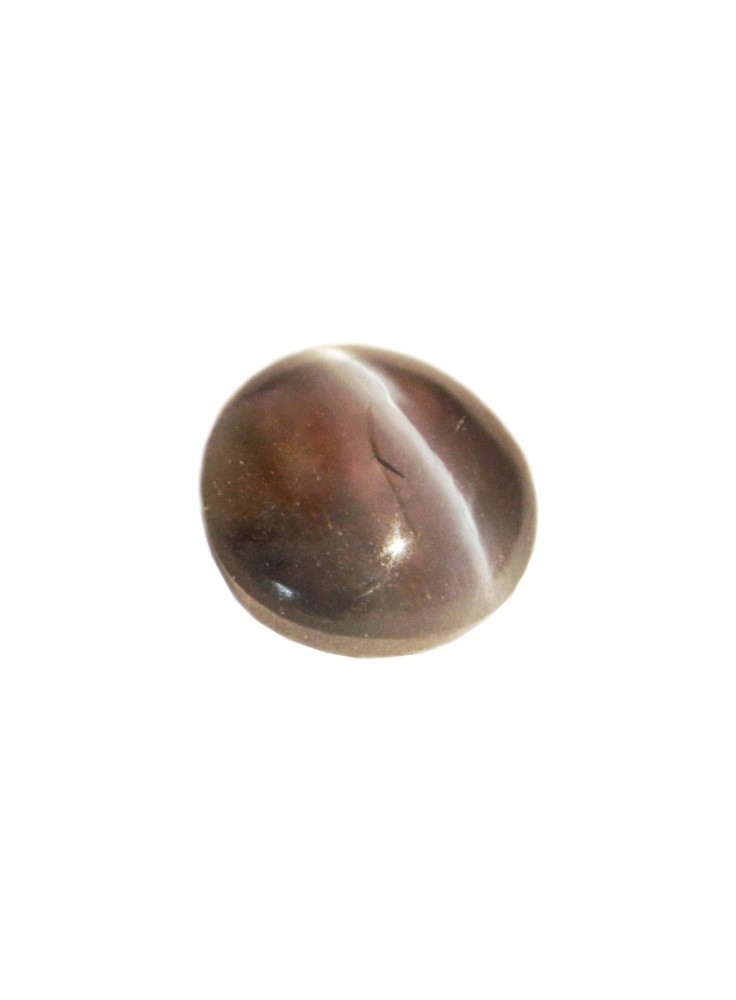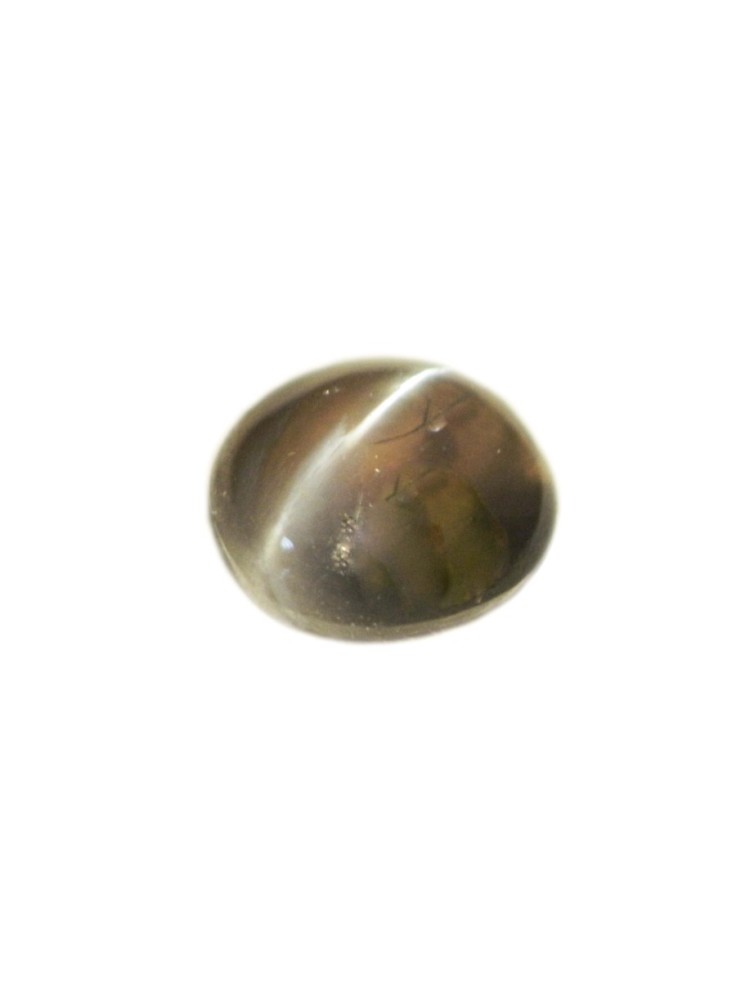
CERTIFIED ALEXANDRITE CATS EYE 0.39Cts ROUND NATURAL CEYLON LOOSE GEMSTONE 20565
| Product Code: | 20565 |
| Availability: | In Stock |
-
$180.00
| Carats | 0.39 |
| Size | 4.35 x 4.30 x 2.11 mm |
| Color | Green - Medium Red |
| Clarity | TRC/VC |
| Shape | Round |
| Treatment | None |
| Origin | Sri Lanka |
| Location | Colombo, Sri Lanka |
| Price | $ 180.00 |
100% Natural - Not treated in any way.
Rare Collectors Gem
Beautiful Center-stone for an engagement Ring.
Will make a Gorgeous Ring or Pendent accented with Diamonds.
Color enhances to incandecent light
Very good Color-Change
A Gem of Lasting Beauty.
Among the Rarest of gemstones.
Refractive Index: 1.741 - 1.760
Hardness: 8.50
Chemical Comp: BeAl2O4
Density: 3.73
Crystal Group: Orthorhombic
Alexandrites which display chatoyancy are cut en-cabochon and are called Cats-eyes. Beautiful cats-eye gems which are equally rare and command very high prices. It is basically a Chrysoberyl, but the presence of chromium accounts for the spectacular color change. This makes it a highly prized - among the most expensive gemstones in the world, Alexandrites are named after Russian Tsar Alexander II (1818-1881), the very first crystals discovered in April 1834 near the Tokovaya River in the Urals,
Rare Collectors Gem
Beautiful Center-stone for an engagement Ring.
Will make a Gorgeous Ring or Pendent accented with Diamonds.
Color enhances to incandecent light
Very good Color-Change
A Gem of Lasting Beauty.
Among the Rarest of gemstones.
Refractive Index: 1.741 - 1.760
Hardness: 8.50
Chemical Comp: BeAl2O4
Density: 3.73
Crystal Group: Orthorhombic
Alexandrites which display chatoyancy are cut en-cabochon and are called Cats-eyes. Beautiful cats-eye gems which are equally rare and command very high prices. It is basically a Chrysoberyl, but the presence of chromium accounts for the spectacular color change. This makes it a highly prized - among the most expensive gemstones in the world, Alexandrites are named after Russian Tsar Alexander II (1818-1881), the very first crystals discovered in April 1834 near the Tokovaya River in the Urals,








